The 5p- Syndrome Foundation explores, through the story of Sofía, a girl affected by Cri du Chat syndrome, the effectiveness of neuropsychological rehabilitation in this rare disease.
5p- syndrome or Cri du Chat syndrome
The 5p- syndrome is a rare congenital chromosomal disorder caused by a deletion of the short arm of a chromosome in pair 5. It is also known as Cri du Chat syndrome, as it is characterized by a distinctive cry at birth that resembles a cat’s meow caused by a narrowing of the larynx, called hypoplasia.
The incidence is estimated at 1 in every 50,000 live births, affecting women more frequently (66%).
Characteristics of 5p- syndrome
5p- syndrome or Cri du Chat presents with:
- Biomedical characteristics
Small skull (microcephaly), round face, high-arched or vaulted palate, hypotonia, foot deformities, associated ear problems (hypersensitivity) and vision problems (strabismus).
- Cognitive characteristics
Intellectual disability, limited attention capacity, developmental delay, prone to emotional dysregulation.
- Behavioral characteristics
Difficulty interacting with the environment and the emergence of stereotypies or obsessive behaviors.
- Communicative characteristics
General delay in language acquisition characterized by great difficulty in oral expression, with receptive skills more developed.
The heterogeneity among people with 5p- syndrome or Cri du Chat syndrome is due to the amount of genetic material lost by each individual, manifesting in varying degrees of symptoms.
The 5p- Syndrome Foundation or Cri du Chat
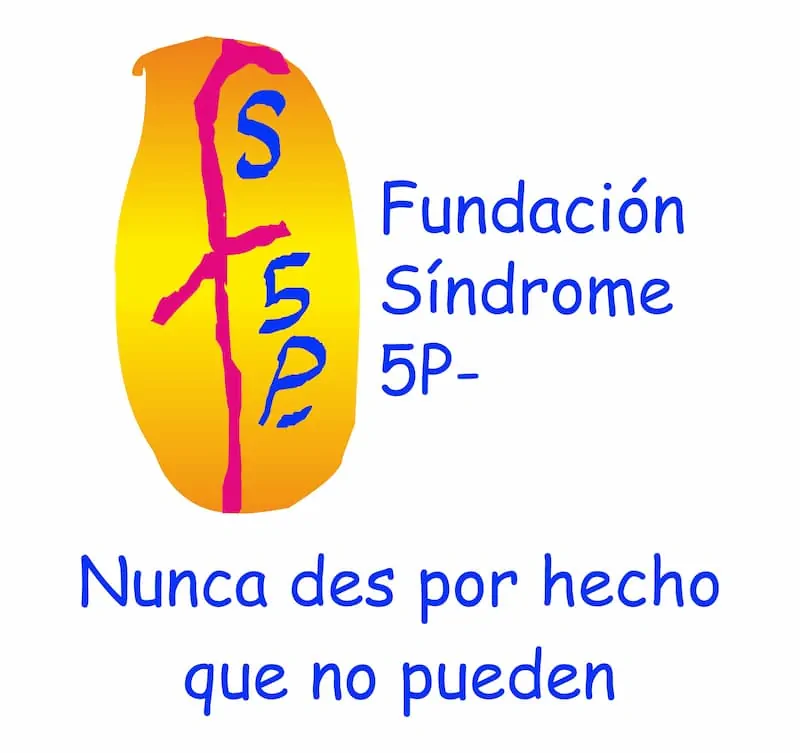
The 5p- Syndrome Foundation supports families with an affected member, offering therapies and guidance. It also carries out outreach and awareness work and provides support for research with the ultimate goal of improving the quality of life of those affected and their families.
The professionals of the 5p- Syndrome Foundation carry out personalized intervention pathways from a multidisciplinary approach for each person. Therefore, the Foundation has a team made up of a speech therapist, two psychologists and two occupational therapists.
Speech therapy: recovery of damaged skills and maintenance of unaffected abilities seeking the greatest functionality for the patient: stimulating communicative intent, developing the use of augmentative communication systems, etc.
Psychology: provide psychological care, guidance and support by developing adapted workshops and individual interventions. Behavioral intervention with children.
Occupational Therapy: develop the highest degree of independence in activities of daily living (ADLs) as well as promote appropriate sensory integration.

The 5p- Syndrome Foundation’s experience with NeuronUP
Our professionals rely on the NeuronUP cognitive rehabilitation and stimulation platform, whose main purpose is to work on cognitive functions through the approach of ICTs (Information and Communication Technologies).
This platform is well received due to the rise of new technologies. Our users direct their behavior through motivational stimuli, one of the most important being the use of a tablet, computer or any other electronic device.
Sofía’s story and NeuronUP
Sofía is affected by 5p- syndrome or Cri du Chat syndrome, she is 15 years old and likes swimming, playing the drums and interactive games. From the latter hobby came the idea of using NeuronUP with her. Currently, she has been working with the platform for three years, doing a weekly one-hour session. The occupational therapist is in charge of programming the activities according to her performance level. These activities are focused mainly on the development of literacy skills, sustained attention and executive functions. In addition, she carries out tasks oriented to activities of daily living (ADLs) that complement and support the intervention from occupational therapy.
In conclusion, Sofía’s improvement lies in her motivation for the NeuronUP program, the great variety of activities it offers and the ability to adapt the activities to Sofía’s abilities and interests, improving the generalization of learning.

If you are interested in learning more about rare diseases such as 5p- syndrome or Cri du Chat syndrome, you might be interested in these NeuronUP articles:
“This article has been translated. Link to the original article in Spanish:”
El síndrome del maullido de gato y la rehabilitación neuropsicológica
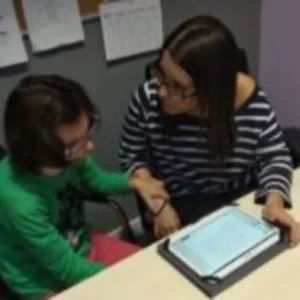
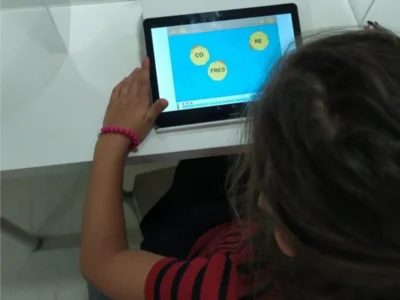
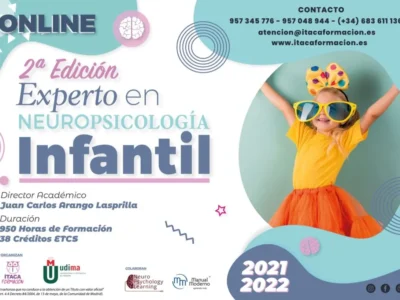

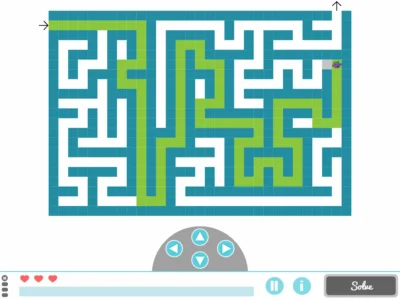


 Social cognition exercises for children
Social cognition exercises for children
Leave a Reply